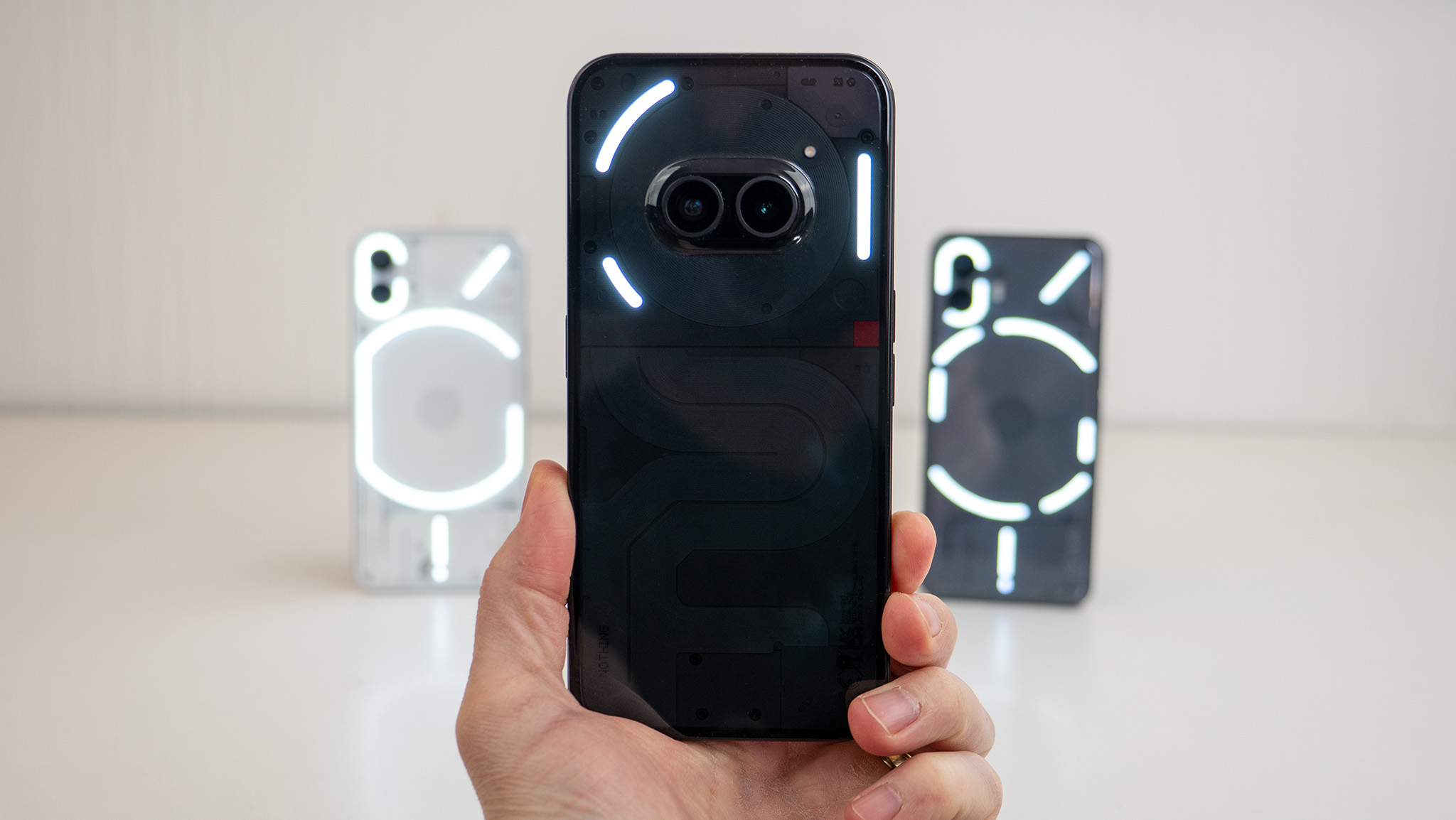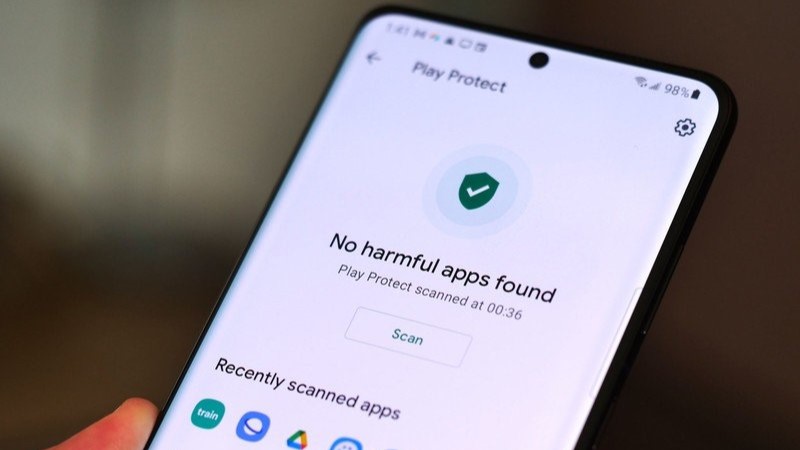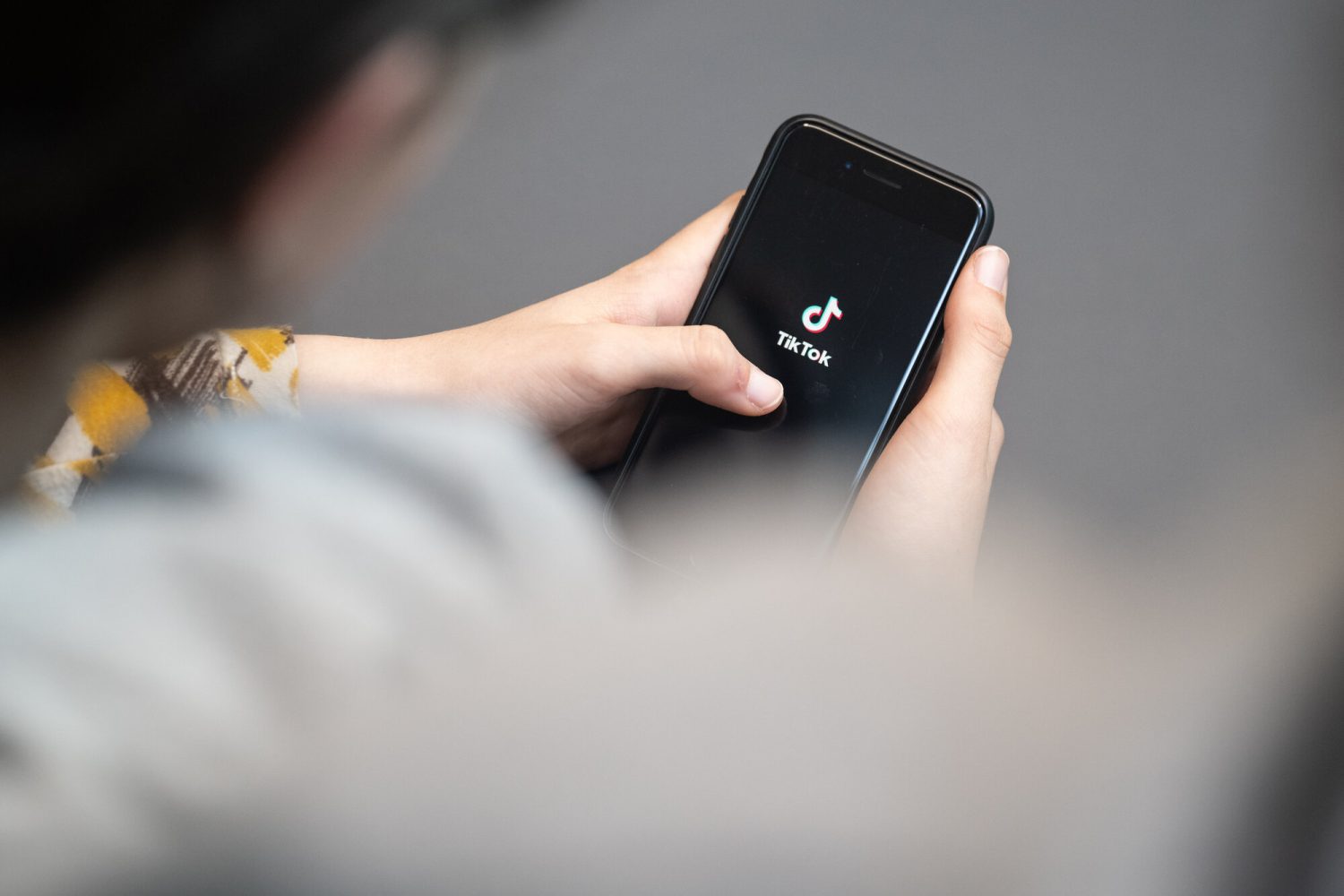Android: Factory Reset may render a device useless and request another reset to discourage thieves
Google is working on a number of new features designed to improve the protection of Android devices against theft. Besides Theft Protection, which auto-locks the device if sudden movement is noticed, Google […] Thank you for being a Ghacks reader. The post Android: Factory Reset may render a device useless and request another reset to discourage thieves appeared first on gHacks Technology News.

Google is working on a number of new features designed to improve the protection of Android devices against theft. Besides Theft Protection, which auto-locks the device if sudden movement is noticed, Google is also improving Android's Factory Reset Protection in an upcoming version scheduled for release later this year.
Factory Reset Protection has been an integral part of Android for some time. The main idea is to prevent the unauthorized resetting and then selling of Android devices. The feature becomes active when a user attempts to reset an Android device from the recovery menu or from Find my Device.
The former, recovery menu option, is available to everyone, as it does not require authentication. The second, Find my Device resets, are usually initiated when a device is stolen or lost and the original owner is requesting a reset to protect data on the device.
Currently, when this happens, Android is requesting a sign-in to the Google account associated with the device, or that the authentication PIN, password,or pattern is entered. Failure to do so will limit the functionality on the device. It is, for instance, not possible to add a new Google account to the device.
Android stores information about the linked Google account separately from the user data. This means that the data remains available even after a factory reset of the device.
While useful, current iterations of Factory Reset Protection were not foolproof. Bypasses were discovered that skipped the protections and allowed anyone with the ability to bypass the protection to use the phone as it if was new or sell it.
Fully block access after certain resets
Coming this year, likely with an update for Android 16, is an improved version of Factory Reset Protection. This new version restricts all functionality on a reset Android device, if the reset was not authorized by the owner of the device.
The information comes straight from Google, reports Android Authority. While Google did not provide any specifics on the hardening, it sounds as if it has identified the bypasses and is taking care of them with the improved version.
In this particular case, Android will display a Factory Reset prompt on the screen. It requests a second factory reset from the user and will authenticate the user to make sure that the device was not stolen.
No function, not even base functions, should work on the device until the second reset is performed and the user has passed authentication.
Closing Words
The change could reduce the number of stolen phones in the years to come. There are a few ifs though. The new protection needs to be bullet proof. If malicious users detect a bypass, it would not be of much use.
The second limitation is that it likely only applies to the next version of Android or an update after its initial launch. Android devices with Android 15 or older can still be reset and bypassed.
In closing, it remains to be seen if the improved security feature is as good as Google says it is.
Now You: have you ever had to reset your Android device or purchased a reset Android phone? What is your take on this new security feature? Feel free to leave a comment down below.
Thank you for being a Ghacks reader. The post Android: Factory Reset may render a device useless and request another reset to discourage thieves appeared first on gHacks Technology News.
_Gang_Liu_Alamy.jpg?width=1280&auto=webp&quality=80&disable=upscale#)

_KristofferTripplaar_Alamy_.jpg?width=1280&auto=webp&quality=80&disable=upscale#)







































































![Apple Planning Bezel-Free iPhone With 'Four-Sided Bending' Display [Report]](https://www.iclarified.com/images/news/97321/97321/97321-640.jpg)
![Apple's 20th Anniversary iPhone May Feature Bezel-Free Display, AI Memory, Silicon Anode Battery [Report]](https://www.iclarified.com/images/news/97323/97323/97323-640.jpg)
![Vision Pro May Soon Let You Scroll With Your Eyes [Report]](https://www.iclarified.com/images/news/97324/97324/97324-640.jpg)




























-xl.jpg)


















































































.webp?#)




















































































































![[The AI Show Episode 147]: OpenAI Abandons For-Profit Plan, AI College Cheating Epidemic, Apple Says AI Will Replace Search Engines & HubSpot’s AI-First Scorecard](https://www.marketingaiinstitute.com/hubfs/ep%20147%20cover.png)
































































































































































































































































